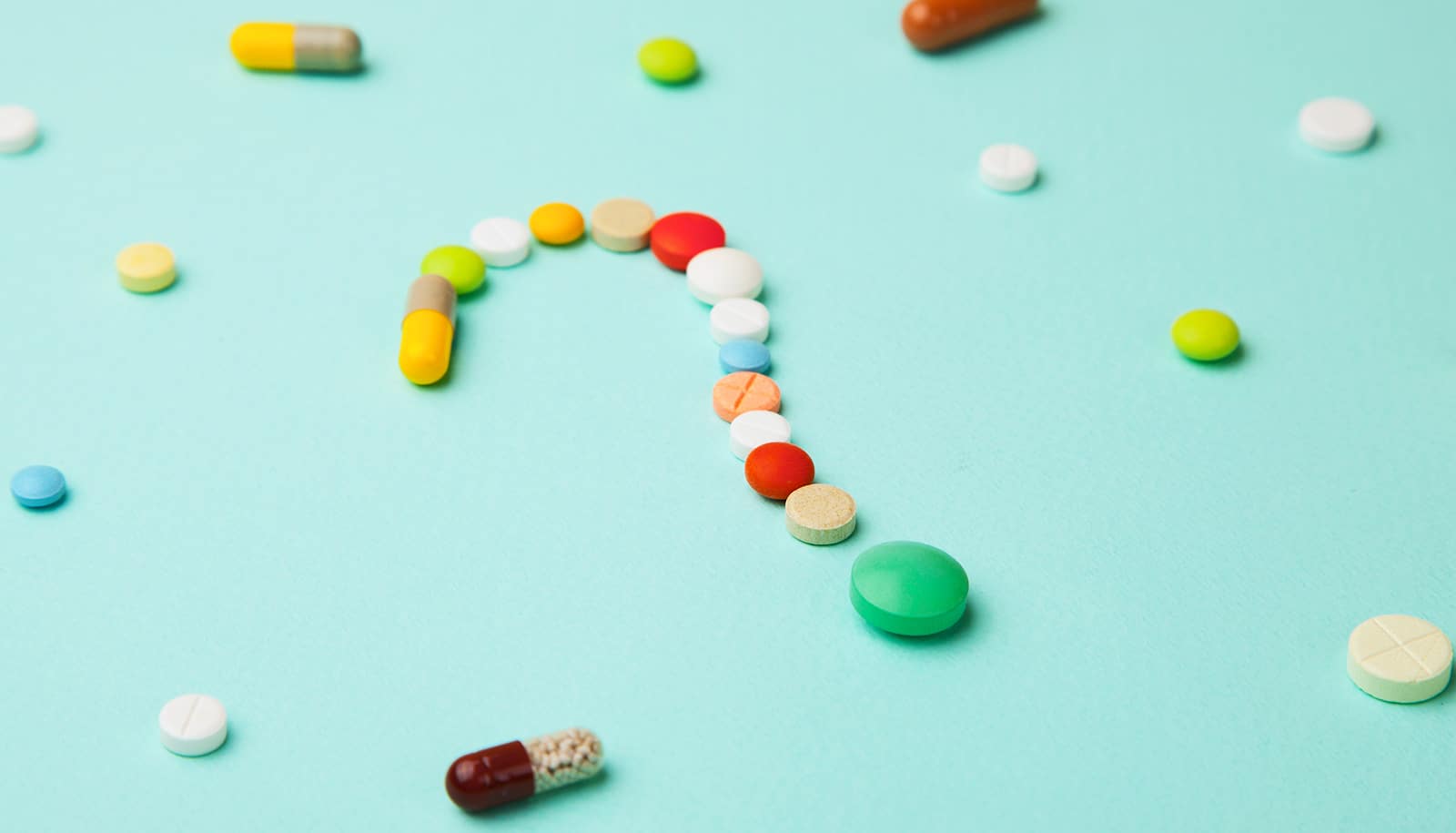Children and adolescents who take antipsychotics for as little as 12 weeks experience significant gains in body fat and also become less sensitive to insulin, according to a new study.
Although originally developed and approved to treat conditions such as pediatric-onset schizophrenia, many youths who don’t respond to stimulant medications, such as Ritalin, receive prescriptions for antipsychotic drugs to treat attention deficit hyperactivity disorder (ADHD).
“…after only 12 weeks of treatment, the rate of those considered overweight or obese had risen to 46.5 percent.”
“Antipsychotic medications can be helpful for many as a treatment for behavior disorders,” says Ginger E. Nicol, the study’s first author and an associate professor of child psychiatry at Washington University School of Medicine in St. Louis. “But we know these drugs also have side effects involving fat gain and insulin resistance, important precursors to diabetes and cardiovascular disease. Our results underscore the need for greater vigilance regarding side effects when prescribing these medications.”
The researchers studied 144 St. Louis-area youths, ages 6 to 18, who were prescribed antipsychotic drugs to treat disruptive behavior disorders. Researchers randomly chose children in the study receive one of three antipsychotics: aripiprazole, olanzapine, or risperidone.
Using dual-energy X-ray absorptiometry (DEXA) scans, the researchers measured patients’ whole body fat before they were prescribed antipsychotic drugs; after six weeks of treatment; and at 12 weeks, when the study concluded. The youths also received MRI scans at the start of the study and 12 weeks later, measuring subcutaneous and visceral fat in the abdomen—known risk factors for diabetes, high blood pressure, and cardiovascular disease. Researchers also measured the children’s sensitivity to insulin at the beginning and end of the 12-week study period.
“At the start of the study, about 30 percent of the youths in our sample were overweight or obese, which is exactly the same rate we see in the general population,” says John W. Newcomer, the study’s principal investigator and a professor of integrated medical science at the Charles E. Schmidt College of Medicine at Florida Atlantic University. “But after only 12 weeks of treatment, the rate of those considered overweight or obese had risen to 46.5 percent. We essentially went from one in three children meeting criteria for being overweight or obese, to one in two meeting criteria.”
One drug in particular—olanzapine—produced the largest increases in body fat, but fat also increased significantly in children taking the other two medications. The DEXA scans showed that about half of the weight gain was water, and half was new fat.
“We knew these drugs were causing weight gain, but we didn’t know how much of that gain was fat,” says Newcomer, who also is an adjunct professor of psychiatry at Washington University. “We also knew that children taking antipsychotics had an increased risk of diabetes. But until now, no one had connected those dots through a pathway involving increases in body fat and decreases in insulin sensitivity.”
Researchers observed the gains in body fat and losses in insulin sensitivity whether or not the youths were taking stimulant medications. That’s despite the fact many children on Ritalin or other stimulants lose weight or grow more slowly than their peers who don’t take those drugs.
“Some clinicians hoped that stimulant treatment might offset antipsychotic-induced weight and fat increases,” Nicol says. “But in our study, stimulants didn’t seem to make any difference.”
Foster kids get antipsychotics at ‘new normal’ rate
Because antipsychotic medications offer psychiatric benefits in many children who are not psychotic but have disruptive behavior disorders, Nicol is studying interventions aimed at helping prevent some of the body fat increases associated with antipsychotic treatment.
“Clinicians are often presented with challenging circumstances where a rapid intervention is needed,” she says. “For example, children with disruptive behaviors often are suspended from school, and treatment may offer them the ability to return. But the decision to use antipsychotic medications must be fully informed by all of the risks, as well as the potential benefits, of treatment.”
The findings appear in the journal JAMA Psychiatry.
The National Institute of Mental Health, the National Center for Research Resources, the National Center for Advancing Translational Sciences, and the National Institute of Diabetes and Digestive and Kidney Diseases at the National Institutes of Health provided funding for the research. Additional funding came from the Sidney R. Bear, Jr. Foundation and the Healthy Mind Lab at Washington University.



